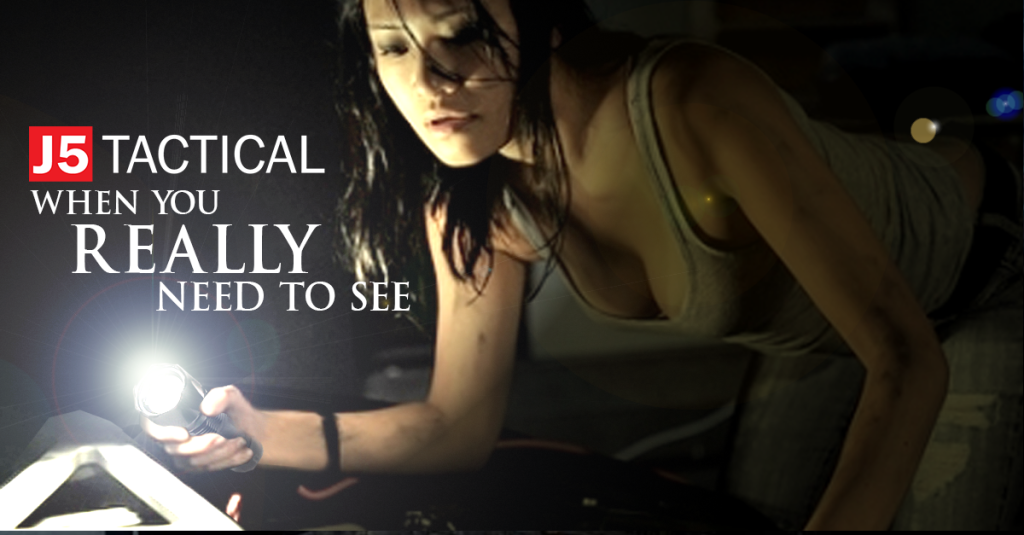Back to Basics: How to Use Knives Safely
Knife safety is something that most of us take for granted, because common sense dictates how to avoid getting cut at home. However, there are some additional things to consider, especially when using a knife as a tool out in the field. Let’s take a look at some basic things that we can all pay attention to in order to reduce the chances of getting injured or killed while using our knives.
Two Sides
Almost every survival or utility knife has two sides that we need to worry about. There’s the tip of the blade as well as the outside edge. Consequently, we need to be continually mindful of how we are positioning our hands and using the knife in order to minimize the chances for injury. The aim is to place our hands and fingers in such a way that they help to guide the direction of the knife while creating stability at the same time. It’s important that your fingers are positioned and firmly anchored around the handle as well as the top edge of the blade to prevent accidental slippage while cutting.
Always Point Out
We all know that cutting outward is the best way to avoid getting stabbed or slashed while using knives. However, when working with a knife in a utility fashion, it is easy to forget this step. It’s not uncommon to hold something close to the chest to maximize force and leverage as we cut. However, we also have a tendency to position the knife so that it is facing our arms, neck, face or chest as well. Make sure that you always have the blade facing outward when trying to cut anything, especially items that we are keeping close to the chest. We can still use the same amount of force simply by re-positioning the blade so that it cuts out and away from the body every time.
Offset the Thumb
Ever use a knife as an anchor as you spin something around the blade? Think of whittling or cutting a stick. You hold the knife in your hand and spin the stick against the blade. However, many people put their thumb directly above the blade while cutting. All it takes is for that item to break before you’ve finished the cut, or you having some form of accidental slippage, and you’re thumb can be sliced off. Make sure that you always offset your thumb so that it is next to the blade in order to minimize this risk.
Check the Area
Make sure that you are making sure that nobody is next to, in front of or behind you while you are cutting. If you accidentally lose control of the knife or miss your target as you cut, others who are nearby can become accidentally cut. This happens more often than many of us think, and a simple check of the area is all that is needed to prevent unnecessary injury.
Never Catch a Knife
We have an innate tendency to try and catch things that we drop. However, the last thing that anyone should do is try and catch a knife. If you lose the grip on your knife while cutting, immediately step back and move your arms up and out. Practice this a couple of times in order to train your brain and body to react automatically and appropriately when it happens for real.
Use Sharp Blades
Always keep blades sharp and in good condition. Dull blades make things more difficult to cut, require us to exert more force and can lead to slippage or a loss of control over the grip of the knife. It only takes a few seconds to sharpen a blade, and you want to make sure that you take care of this before you head out into the field and use the knife.
These are just a few examples of some basic knife-safety guidelines that we should all pay attention to and put into practice. Feel free to share any other tips that come to mind so that others can maximize safety and minimize the chances of getting injured in the field.
